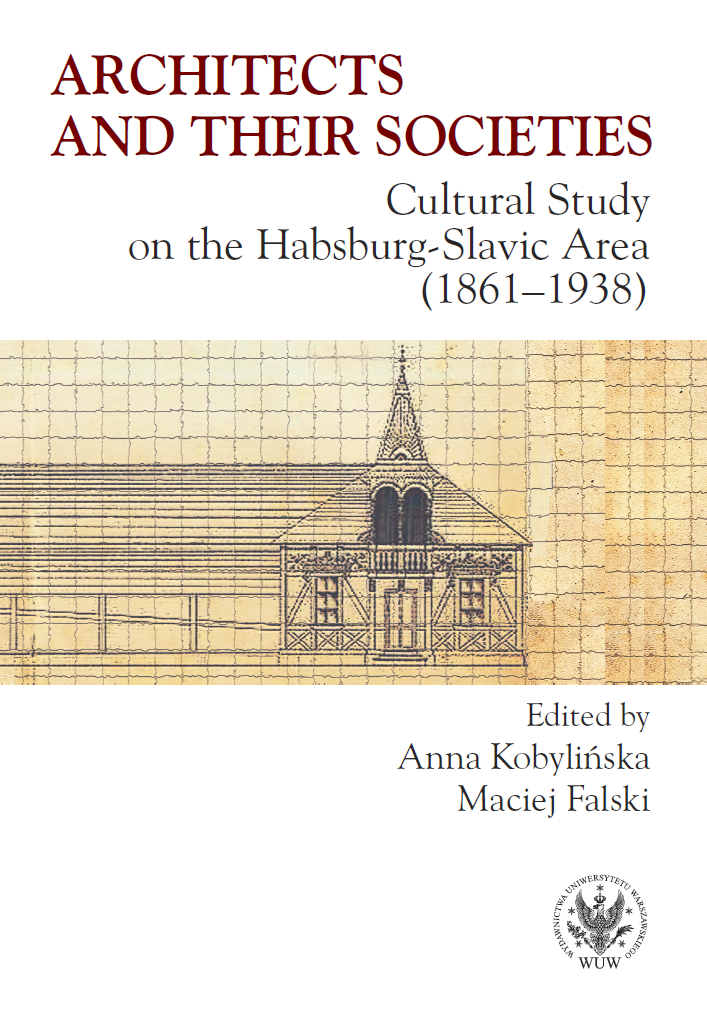Gothic Revival at the borders of Catholic Christianity
Gothic Revival at the borders of Catholic Christianity
State politics, patrons and architects in 19th-century Croatian architecture
Author(s): Dragan Damjanović
Subject(s): 19th Century, Pre-WW I & WW I (1900 -1919), Interwar Period (1920 - 1939), WW II and following years (1940 - 1949), Post-War period (1950 - 1989), Transformation Period (1990 - 2010), History of Art
Published by: Wydawnictwa Uniwersytetu Warszawskiego
Keywords: Neo-Gothic; Croatia; Friedrich von Schmidt; Herman Bollé; Josip Vancaš; Zagreb; Osijek
Summary/Abstract: Neo-Gothic emerged in Croatian architecture rather late in comparison to Great Britain and the majority of countries in mainland Europe. First buildings built with elements of this style appeared at the beginning of the 19th century, however only during the 1850s and 1860s first larger neo-Gothic churches began to be built in Croatia, primarily due to the efforts of the Viennese central administrative bodies. In the same time, Croatian aristocracy accepted this style for the restoration of their castles (Trakošćan, Novi dvori). By the mid-1870s, owing to the efforts of the Đakovo bishop Josip Juraj Strossmayer, Viennese architect Friedrich Schmidt started his work on neo-Gothic restoration of medieval buildings in Zagreb (St. Mark’s parish church and the cathedral). In the following decades, the neo-Gothic style reached the highest level of use in Croatian architecture. The most important architects that designed churches and other buildings with elements of neo-Gothic were Schmidt’s students Herman Bollé and Josip Vancaš. From the beginning of the 20th century, the use of Neo-Gothic in Croatian architecture became increasingly rare. Croatian architecture was slowly being overcome by the influence of secession from Vienna and other major cities in the monarchy (Prague, Budapest).
Book: Architects and their Societies
- Page Range: 36-72
- Page Count: 37
- Publication Year: 2021
- Language: English
- Content File-PDF

